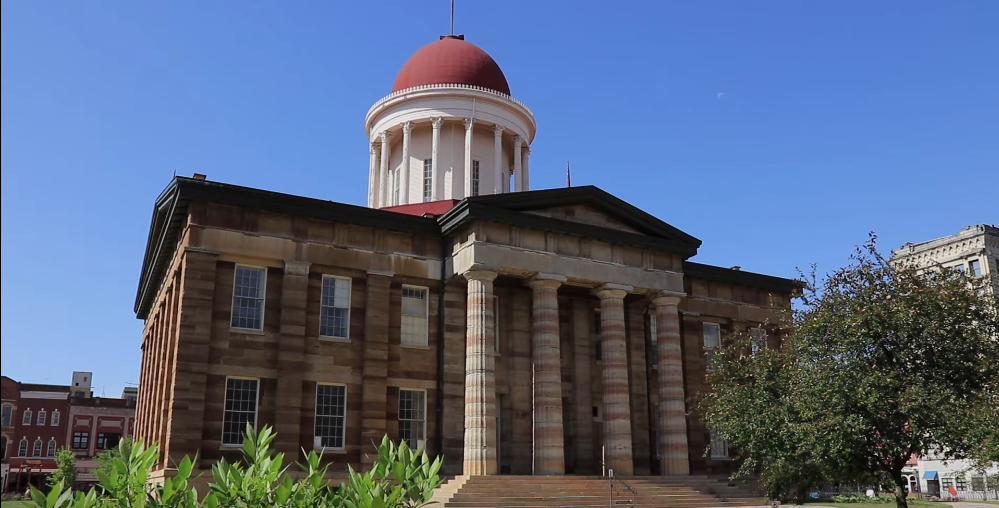The federal government is using an interesting combination of well-funded grant programs and attractive tax incentives to ensure that America’s historical legacy is preserved. The plan is working… and hundreds of historical renovation and enhancement projects are in planning or design phases throughout the country.
Here’s how one funding program works. The U.S. Department of Interior’s National Park Service is responsible for designating certain sites as historically significant. Once that designation is made, the site is listed on the National Register of Historic Places and then it becomes eligible for public funding. There are strict guidelines associated with the designation process, and one rule stipulates that any addition to the list must be at least 50 years old and hold a connection to the country’s historic heritage. Projects to repair, rehabilitate, redevelop and/or enhance historically designated properties are becoming common. Abundant funding and attractive tax incentives will ensure that these types of contracting opportunities will continue for the next several years.
One of the principal drivers behind preservation efforts is the Federal Historic Rehabilitation Tax Credit. A 20% federal income tax credit is available to private sector investors in public projects if the goal is to rehabilitate properties listed on the National Register. The tax credit has been especially effective at fostering partnerships with private developers for adaptive reuse projects.
State governments also have financing levers in place to support preservation projects and make them alluring to private sector investors. In Texas, the Texas Historic Preservation Tax Credit Program covers 25% of all costs to rehabilitate a property listed on the National Register. Most states also offer a sales tax exemption on labor for historical projects.
Additional incentives can be authorized at county and local levels of government. These supplemental incentives usually come through property tax exemptions.
Historic Preservation Fund grants awarded through the program are distributed annually to states by a predetermined formula. Now, the rules are changing though and going forward, each state allocation will fall into one of three newly defined tiers. Tier 1 includes allocations of $20 million; Tier 2 is for allocations up to $65 million; and Tier 3 includes state allocations over $65 million. In the next grant cycle, once a state’s allocation reaches a total of $65 million, half of every dollar afterward must go to local initiatives.
City leaders in Coral Gables, Fla., recently announced funding support for a local historic project. Since its opening in 1928, Coral Gables City Hall has served as the municipality’s administrative center. However, the nationally recognized historical landmark needs a series of repairs to maintain its functional use. City leaders will launch a $17 million capital project to carry out the necessary renovation work which will include structural improvements, weatherization, roof repair, new windows and insulation. The project will be completed in three phases of renovation work on three individual structures located on the property.
A historical theater will be renovated in New Bedford, Mass., for $31 million. Construction will begin in the fall of 2023. City leaders will oversee the restoration of a theater built 100 years ago. The city-owned structure in a historic district currently serves as an events center, but extensive repairs are required to maintain functionality. Based on historic preservation standards, the project will include renovating the main entrance to preserve the facility’s original design, expanding seating options and ensuring that the interior layout adheres to today’s accessibility standards.
A Galena Creek schoolhouse restoration project in Washoe County, Nev., was awarded $345,000 to fund the planning and design phase. The old schoolhouse was built in the 1800s and it later served as the residence of an iconic Nevada-based poet. The initial funding support is from the state’s historical preservation office. Once the design work is completed, there will be a need for environmental testing and possibly some work to stabilize the structure’s foundation. Cost projections will be made once the design phase and environmental testing are complete.
San Francisco’s historic preservation commission is evaluating a series of capital improvements to ensure continued functionality of a 100-year-old theater. A meeting is scheduled for February to discuss advancing the $20 million Castro Theatre preservation project. In March, city planning officials will review recommendations for renovating the local landmark. The project will include renovating the seating layout, upgrading restrooms, improving ventilation, enhancing the lobby and concession area and upgrading the facility’s dressing rooms.
The Capital Development Board in the state of Illinois will oversee efforts to renovate a state-owned historically designated building for better functionality. The Old State Capitol is in dire need of repairs that include a new roof, basement waterproofing, upgraded alarm systems, asbestos abatement and numerous safety components. The Illinois governor announced $17 million in state funding to support the project.
A $5 million funding allocation was recently announced for the preliminary planning/design phase of a project that Chicago city leaders will oversee. Historical preservation work is required to stabilize lakefront properties against erosion. The effort will also include preserving historically significant Promontory Point which is located within a park on the city’s shoreline. The initial capital investment from the city will fund preparatory design work for the project that will maintain its historic character while bolstering the area’s sustainability. Once a concept design is selected, officials will release a budget for the project’s construction phase.
Lackawana Plaza in New Jersey is a federally recognized historic site within the township of Montclair. It is located in the historic district and plans are underway to redevelop the former railroad terminal, which was originally constructed in 1913. Officials plan to partner with a design team to convert the 8-acre property, including the original terminal structure, into housing and retail options. A concept design was initially released in December 2022 but was revised the following month to incorporate recommendations from the historic preservation commission. The resulting redevelopment project now includes adaptive reuse of historic elements and pedestrian-oriented improvements. A budget for the project will be finalized as design work is completed.
Hundreds of similar projects are planned for historically designated properties. Private sector investors and contractors are already in high demand for these types of initiatives.








